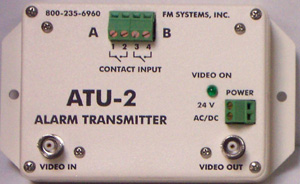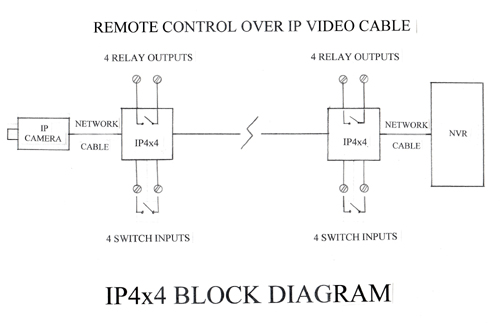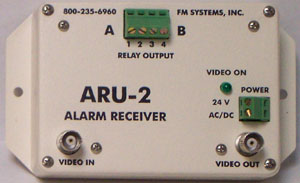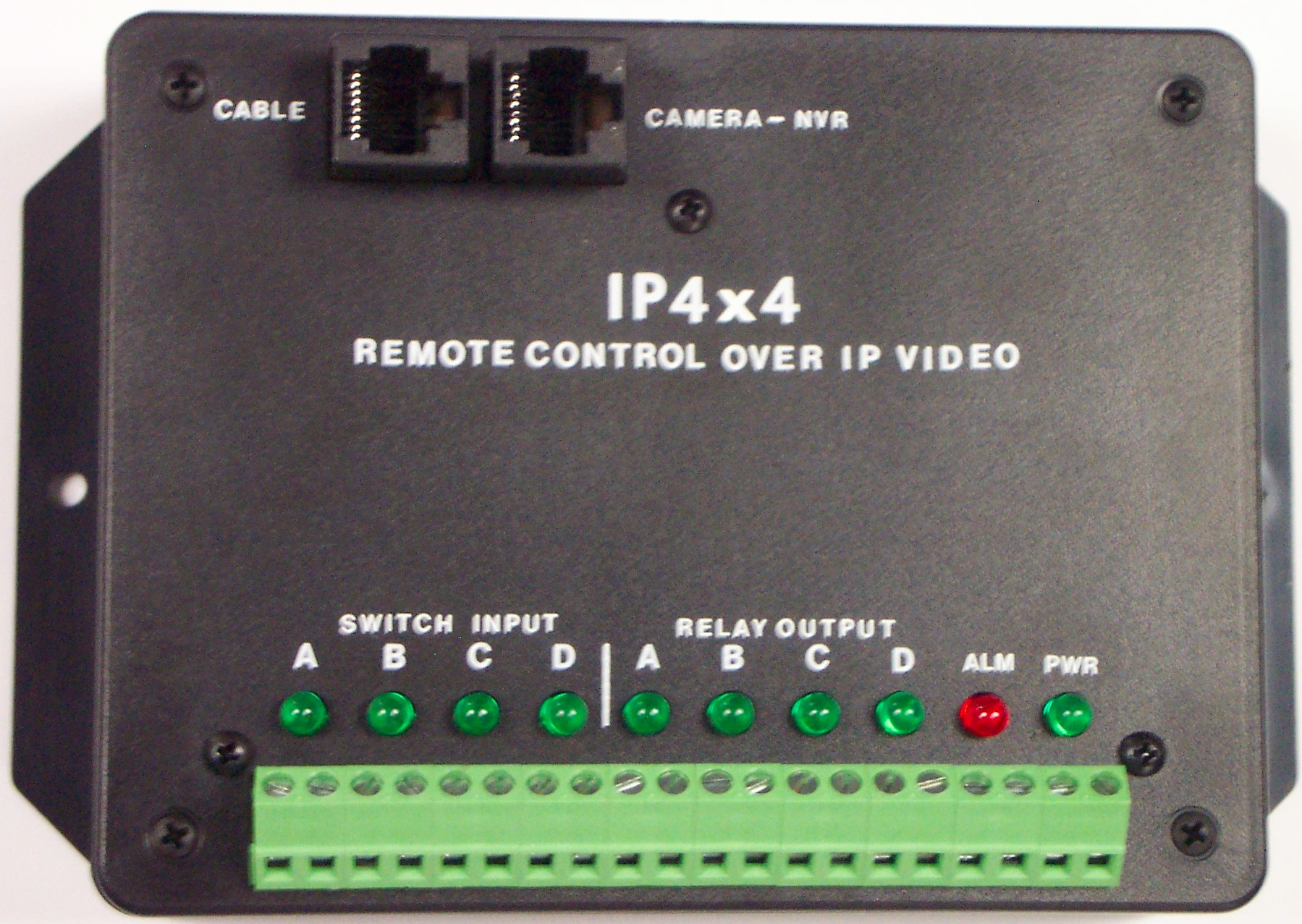THE EVOLVING WORLD OF ACCESS CONTROL
THE EVOLVING WORLD OF ACCESS CONTROL
BY: Don McClatchie
Access control in one form or another has been in use since dawn of mankind. In the beginning access control was totally human powered and physically controlled. The earliest pin locks were made of wood and provided moderate protection with a wooden key. But with the invention of the metal lock and key sometime between 870 and 900 BC it was possible to reasonably access control with the possession of a key. Over the years the design of locks and keys has progressed steadily.
With the invention of electricity the field of access control was split into two parts, the original local access control using locks and keys of various types and the new remote access control using electrical signals and wires to send signals to an electro-mechanical lock mechanism to control access. It is the area of remote access control that has seen the most change over the last few years. New ways of implementing remote access control and new communication methods have followed the introduction of new surveillance equipment. Surveillance equipment (video cameras) and remote access control work hand in hand to provide security.
Often remote access control can be added to an existing video surveillance system to not only monitor a gate or door but also control access to that area. For the most part wires are run to make the electrical connection for control. But when the cost of running wires includes chipping up concrete, digging a trench or breaking into walls it is possible to get the contact control signals to run on the same coaxial cable along with the video picture.

A product called ATU-2 can be used to insert remote control relay signals onto the existing video signal to control access without impairing the video image. This product inserts the relay control signals into the vertical interval of the video image and recovers them at the far end for control. Vertical Interval control has been around for many years and is easy to work with. But what about the new digital IP cameras?
Now IP video cameras are starting to take the field and access control will need to follow that technology. With most installations the installer will run wire pairs to control the access equipment at the far end. However when the cost of running wires requires heavy labor to get under a driveway or go up 3 floors without an easy way to get there, it just makes sense to use any existing IP video network cable going your way to get the signals from control to the access control equipment.
The IP4x4 is a unit that will give you 4 contact switch relays in both directions to add remote access control to any IP video network cable. The control signals go both ways on the cable and will share the network cable with the IP video image without affecting picture quality. In fact this system will work on any twisted wire pairs without the need for an IP signal.
In some remote access control instances the old wires have gone bad due to direct burial corrosion, or wire breakage and the cost of running new wires is prohibitive. This is where you need to start looking at alternate paths for your control signal. This is when the IP4x4 will really pay off for you, just jump onto the IP video network cable and control up to 4 contacts both ways. If there is a network cable going your way, use it to get your job done. Whenever you come up short of wires for control, use this equipment to get the connection made.





